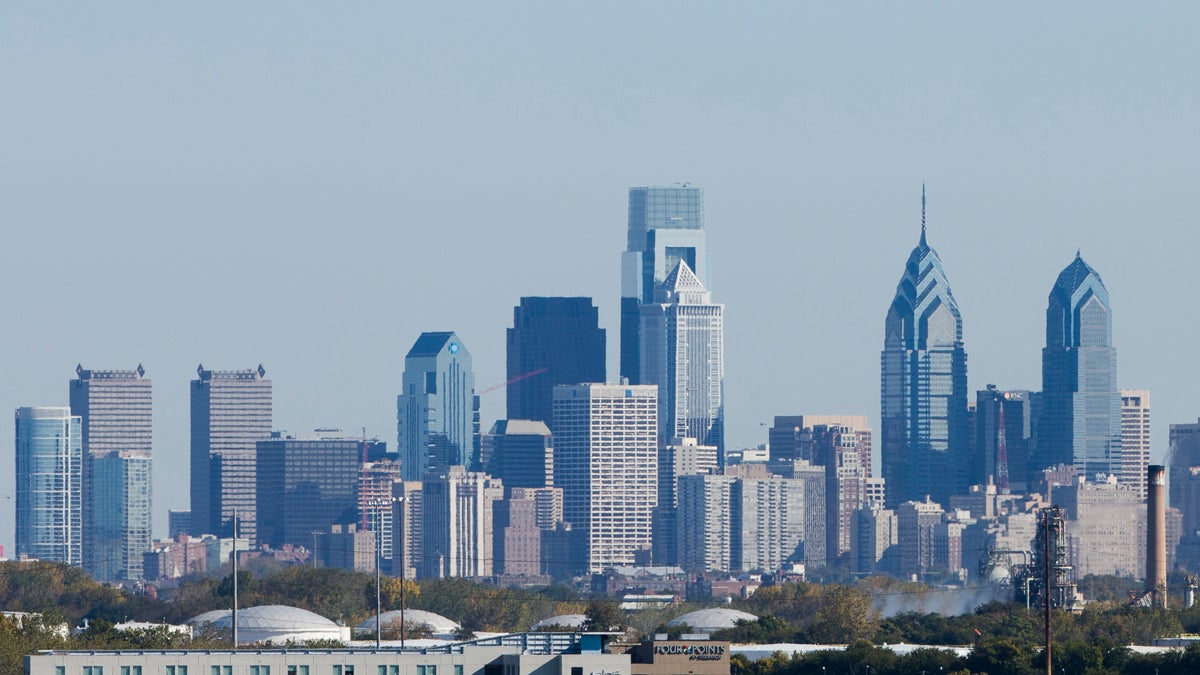How long will Philadelphia hang onto its spot as America’s fifth largest city?
Listen
Philadelphia skyline. (AP Photo/Matt Rourke)
Demographers are keeping a close eye on Phoenix.
When the United States conducted its first national census in 1790, Philadelphia was the second largest city (after New York) in the country, boasting 28,522 people. And while Philadelphia has grown dramatically since then — to around 1.57 million people today — it has fallen to fifth place in America, behind Chicago, Los Angeles, and Houston.
The big question that demographers have been thinking about: When will rapidly-growing Phoenix shove Philadelphia out of fifth place?
On Thursday, the U.S. Census Bureau released its 2015 municipal population estimates. Pennsylvanians can breathe a temporary sigh of relief: According to the bureau, Philadelphia narrowly edged out Phoenix by 4,417 people.
Just don’t expect the title to last. Phoenix’s population has grown by 8 percent since 2010, while Philadelphia only grew by 2.7 percent.
“When you look at those growth rates,” says John Maurer, a data analyst with the Pennsylvania State Data Center, “it looks like 2016 will certainly be the year that Phoenix surpasses Philadelphia to take that fifth-ranked spot nationwide.
Including Philadelphia, only nine of Pennsylvania’s 57 cities grew in population since 2010; most of those were in the southeastern part of the state, including Allentown, which added 2,046 residents, and York, which added 186.
Cities in the western and central parts of the state, meanwhile, saw population losses since 2010. Pittsburgh declined by around 1,300 people, while Harrisburg lost 447.
“[The estimates] really stick with what’s been going on for some decades in the state — the geographic pattern of growth in the southeast and southcentral parts, with decline in Western Pennsylvania and North Central Pennsylvania,” Maurer says.
Erie’s population dropped to 99,475. Last year, the city fought — and won — a former (2014) census estimate that put its population below 100,000, fearing that they would lose some state and federal funding. According to the Erie Times-News, the city is considering whether they will challenge this year’s estimate.
WHYY is your source for fact-based, in-depth journalism and information. As a nonprofit organization, we rely on financial support from readers like you. Please give today.



